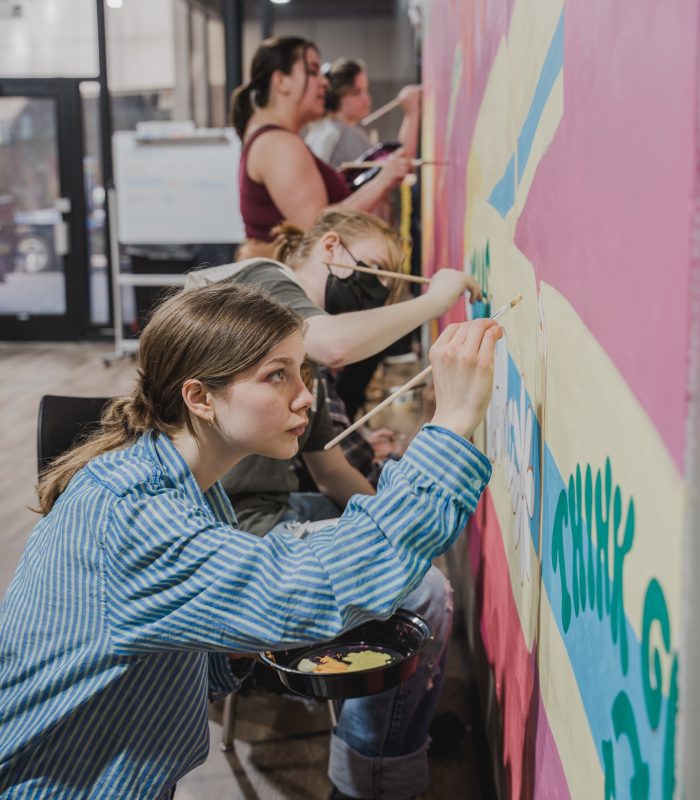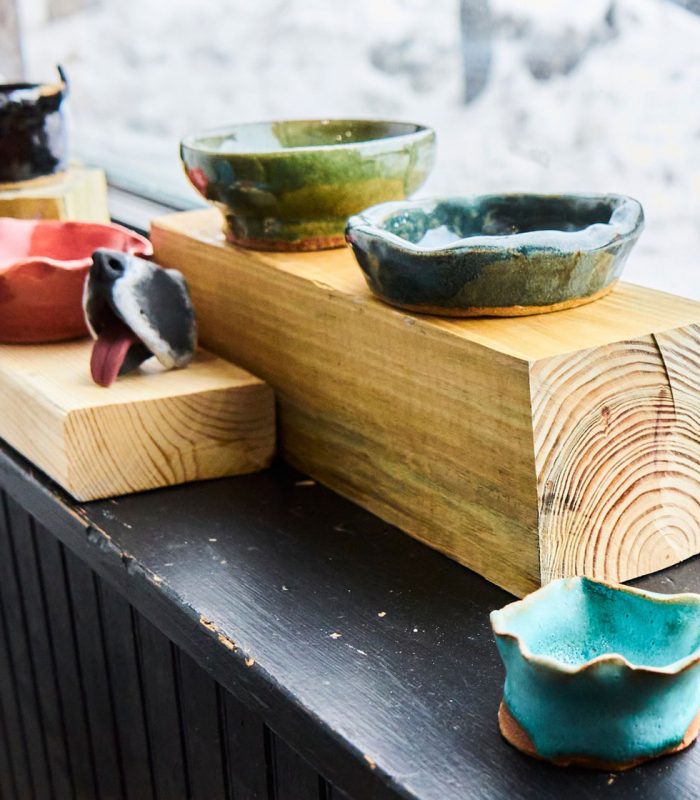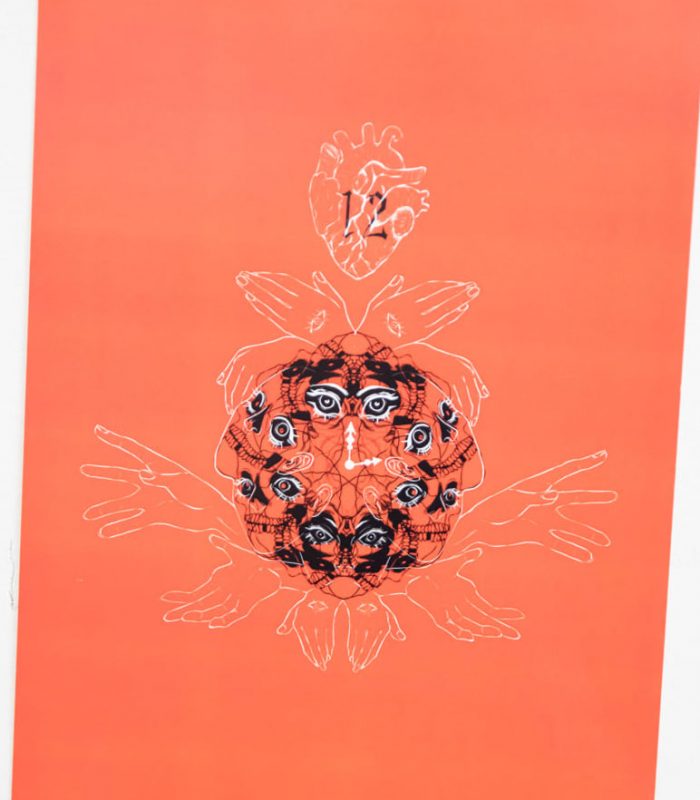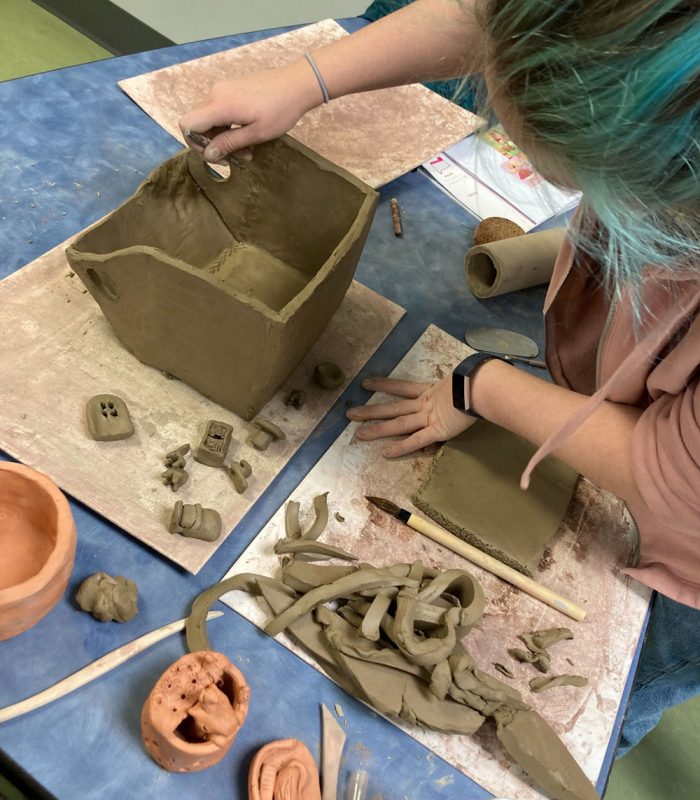



VISUAL ART
Art education at SPCPA is divided into three interrelated categories: skill acquisition, content development, and critique.
Beginning courses focus primarily on skill development in Drawing, Painting, and Sculpture. 9th and 10th grade students learn pencil, pen and ink, watercolor, acrylic paint, wire sculpture, paper mache, collage, mixed media, color theory, drawing from life, abstraction, assemblage, ‘zines, installation, and curation.
Advanced courses inspire a deeper dive into content development through projects drawing on themes central to contemporary art. In 11th and 12th grade, students spend about half of their time building an individual body of work around a central theme of their creation. This is modeled after a college thesis and is an essential activity for professional and scholastic artistic development.
At all levels, critique becomes the central aspect of a course. It begins in questions: How does the work before us affect our senses? What does it say about a subject? What does it say about human nature? Is the work physical, philosophical, psychological? What does the work ask of us? What do we ask of it? Every artwork is a meaning-machine, generating content as we question. Through this discursive process, each student learns how to build for themselves an aesthetic compass pointing towards their own, individually created definition of art.
Above all we strive to create a community of visual artists that celebrate and support each other. This happens in the classroom as well as through J-term projects, visiting artists, student exhibitions, and more.
Visual Art Faculty
| Zamara Cuyun Grimm Visual Art | cuyunz@spcpa.org |
| Brandon Chambers Visual Art | chambersb@spcpa.org |
| Kay Heino Visual Art | heinok@spcpa.org |
| Brandon John Visual Art | johnb@spcpa.org |
